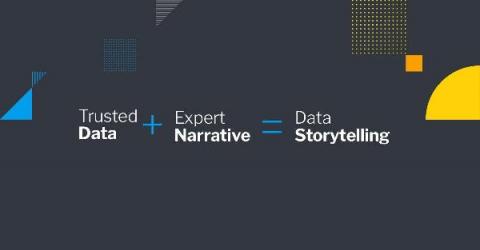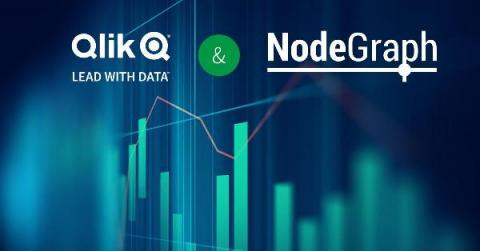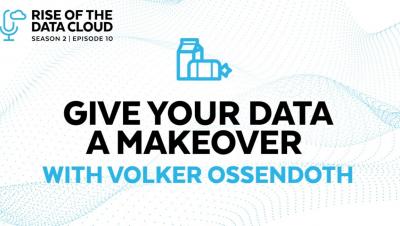Dining with data: A Q&A with OpenTable's Senior Vice President of Data and Analytics Grant Parsamyan
For more than 20 years, OpenTable has connected foodies and novice diners with the restaurants they love. But how does its technology work on the back end? To make a long story short: data. Beyond the app and website, OpenTable provides restaurants with software that manages their floor plans, phone reservations, walk-ins, shift scheduling, turn times, and more.








